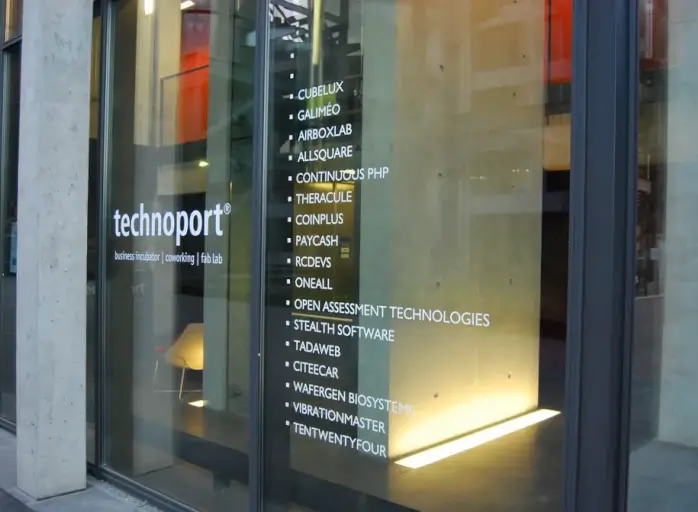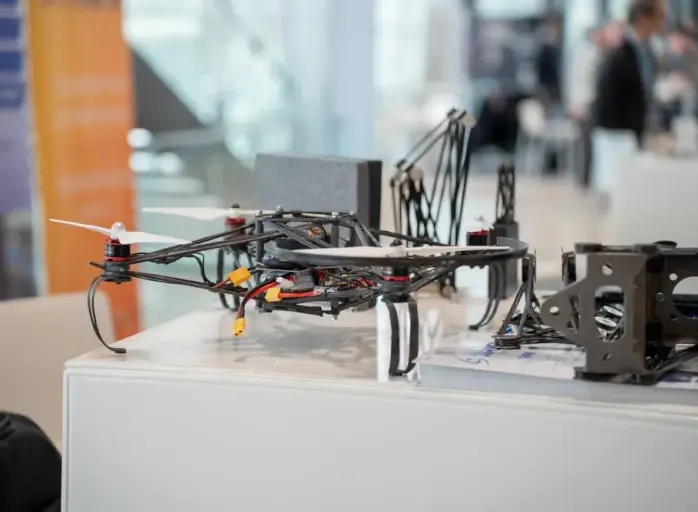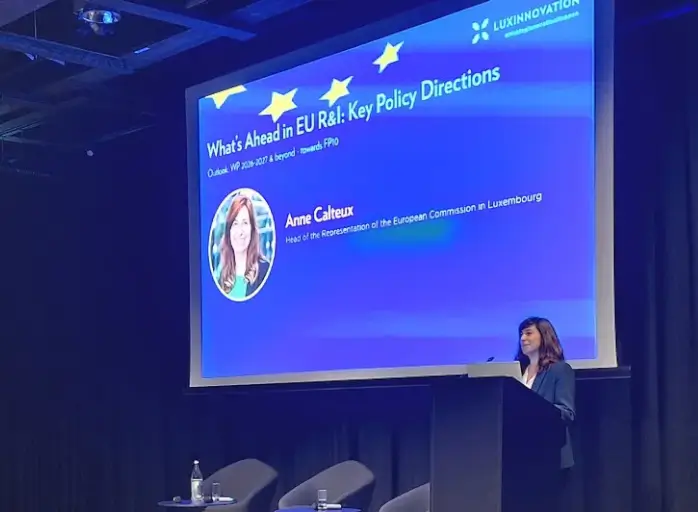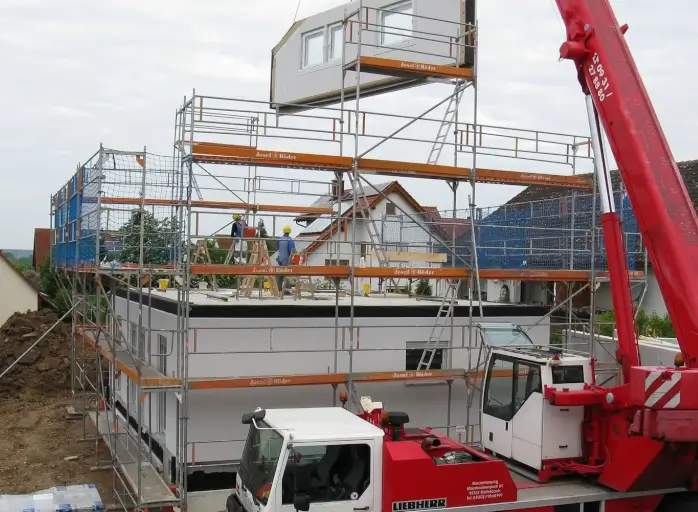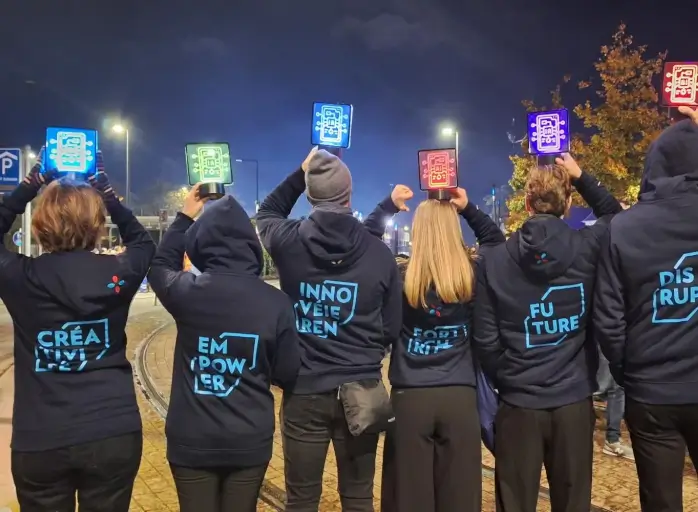
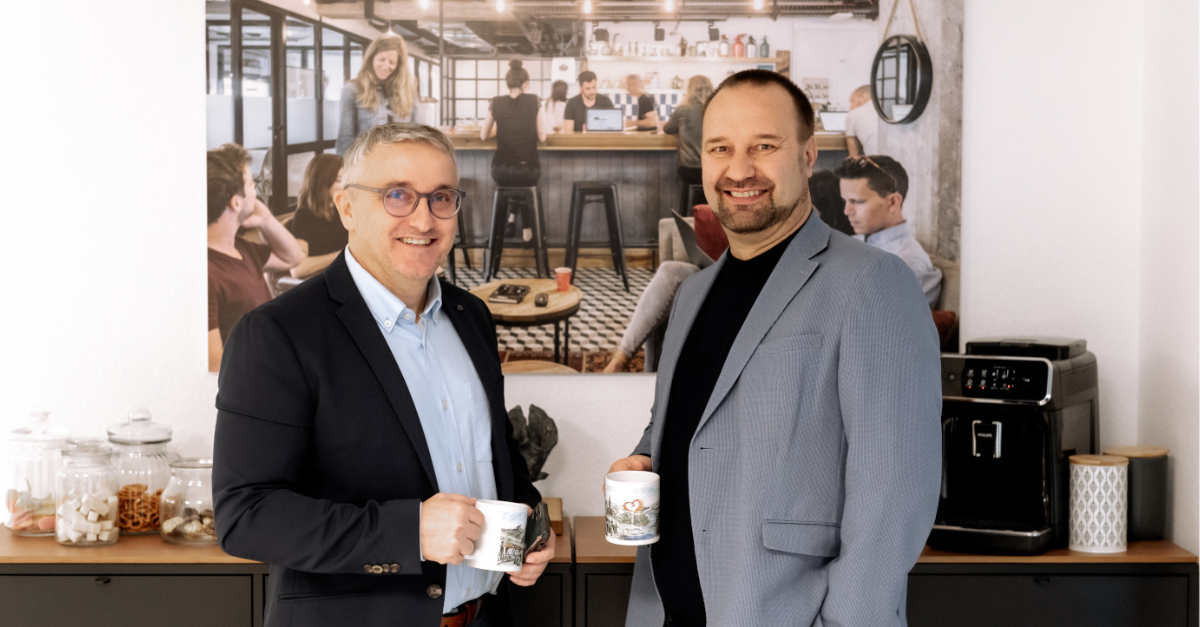
2024 L-DIH ON TOUR: “It is important to get to know each other”
The 2024 L-DIH ON TOUR will once again stop at various hosting facilities in Luxembourg, with this edition expanding to include companies in Saarland.
 Abigail Okorodus
Abigail Okorodus
For the first time, the L-DIH ON TOUR programme will include visits to manufacturing companies outside Luxembourg. Mark Brommenschenkel, Managing Director of the economic development agency in the Saarlouis district, Gesellschaft für Wirtschaftsförderung Untere Saar (WfUS), explains the importance of this initiative for manufacturing companies in both countries.
How did the idea for the “Tour to Saarland” come about?
On the initiative of the L-DIH partner TrAxxion S.A., a first meeting between the L-DIH and our economic development agency took place in Luxembourg in May 2024. There we had a very open and inspiring exchange about new ideas in order to be able to make greater economic use of our shared culture and regional proximity.
In this context, the idea arose to expand the existing and successful L-DIH ON TOUR to the Greater Region. Digital transformation does not end at the national borders. On the contrary: we can and should use the strength of our region to drive forward the dynamics of structural change together and benefit from each other.
What are some of your expected outcomes for the tour from a Saarland perspective?
I feel that the economic proximity between our two countries is often perceived as a one-way street in which employees move from Saarland to Luxembourg. One expectation from our exchanges is to give this road a reverse direction. There must be a feeling that we are not just talking about a large region, but that an exchange of experiences in both directions is becoming normal in everyday working life.
We should use the strength of our region to drive forward the dynamics of structural change.
Mark Brommenschenkel, Gesellschaft für Wirtschaftsförderung Untere Saar (WfUS)
A second goal is to pragmatically exchange information about how companies in Luxembourg and Germany are approaching technological structural change and to identify which systems can be transferred to other sectors. It is important to get to know each other and talk to each other.
And a third goal for me is to gradually create an innovative and economically stable network on this basis. I am convinced that internationalisation can work successfully over short distances, especially for medium-sized companies, as it does across oceans and continents.
What are the key areas you hope will be covered during the tour?
First, benchmark comparisons. How do companies in Saarland and Luxembourg approach the topic of Industry 4.0 and technological structural change? Where are companies that can set an example for others because they are already one step further?
Second, synergies. In which areas can synergies arise and be utilised?
Third, future skills. Which skills and competencies will be required in the future and how can innovative learning concepts be designed in this regard?
How do you envision the future of cross-border collaboration between Luxembourg and German (Saarland) manufacturing sectors to drive the digital transformation?
It is important that the tour does not remain a one-off event, but rather becomes permanent. First and foremost, I see us as economic development agencies and the L-DIH having the responsibility to continue to shape the path we have chosen and to continually fill it with life.
So it is primarily up to us how we want to shape our collaboration in the future. For example, I could imagine a combination of digital exchange formats and on-site appointments on both sides, which take place at regular but not too close intervals. We just have to stay curious and always plan times to exchange ideas.
Digital transformation does not end at the national borders.
In addition, I could imagine working together on learning modules that teach the so-called basic skills in the area of Industry 4.0 and are consistently developed in multiple languages. It seems to me that it is imperative that educational offerings are developed directly by the regional economy on both sides of the border in order to ensure direct practical transfer.
But above all, I'm happy that we can be part of the L-DIH ON TOUR and look forward to the successful implementation of our first idea in the spring of this year.



